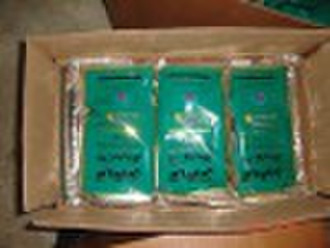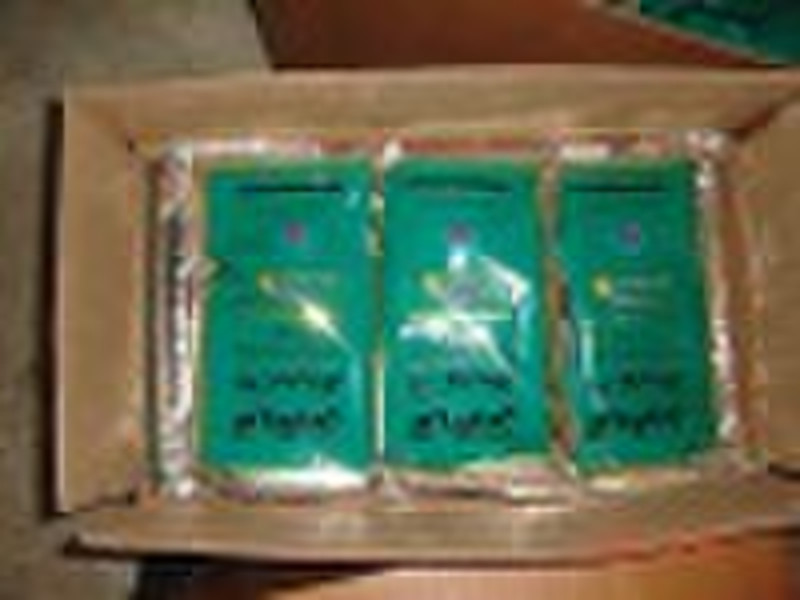Каталог
-
Каталог
- Автомобили и мотоциклы
- Безопасность и защита
- Бизнес
- Бытовая техника
- Бытовая электроника
- Детали машин и услуги по их изготовлению
- Дом и Сад
- Здоровье и медицина
- Игрушки и хобби
- Изделия из металла
- Измерительные и анализирующие приборы и инструменты
- Инструмент
- Красота и личная гигиена
- Мебель
- Мероприятия по охране окружающей среды
- Минералы и металлургия
- Модные аксессуары
- Обувь и аксессуары
- Одежда
- Освещение
- Подарки, сувениры
- Продовольственные товары и напитки
- Промышленное оборудование и техника
- Резина и пластмассы
- Сельское хозяйство
- Специальное оборудование
- Спорт, отдых и досуг
- Сток
- Строительство и недвижимость
- Текстиль и кожа
- Телекоммуникации
- Товары для офиса, учебы. Канцтовары
- Транспорт
- Упаковка и печать
- Химикаты
- Часы, Украшения, Очки
- Чемоданы, сумки
- Электронные компоненты, оборудование, принадлежности
- Электротехническое оборудование и принадлежности
- Энергия
Filters
Search
Хлороталонил

David Meng
Контактное лицо
Основные данные
| Классификация | Fungicide |
|---|---|
| CAS никакой. | [1897-45-6] |
| Другие названия | chlorothalonil (BSI |
| МФ | C8Cl4N2 |
| Место происхождения | China (Mainland) |
| Применение | Fungicide |
Detailed Product DescriptionChlorothalonil Tech Chlorothalonil 75%WP/500 SC Classification: Fungicide Common name chlorothalonil (BSI, E-ISO, (m) F-ISO, ANSI); TPN (JMAF)IUPAC name TetrachloroisophthalonitrileChemical Abstracts name 2,4,5,6-tetrachloro-1,3-benzenedicarbonitrileCAS RN [1897-45-6] Formulation types:SC; WG; WP; Fogging concentrate. Molecular formula: C8Cl4N2 Molecular weight: 265.9 Properties: Colourless, odourless crystals; (tech. has a slightly pungent odour).Toxicity: Reviews CAG (see part 2 of Bibliography). IARC ref. 30; 73 class 2B Oral Acute oral LD50for rats >5000 mg/kg. Skin and eye Acute percutaneous LD50for albino rabbits >5000 mg/kg. Severe eye irritant; mild skin irritant (rabbits). Evidence in humans of contact dermatitis with repeated exposure. Inhalation LC50(1 h) for rats 0.52 mg/l air; (4 h) for rats 0.10 mg/l air. NOEL Chronic administration of chlorothalonil has been associated with renal hyperplasia and hyperkeratosis of the forestomach in the kidney and forestomach of rats and male mice. These pre-neoplastic lesions precede subsequent tumour development in the rodent kidney and forestomach. The mode of action has been demonstrated to be epigenetic with a NOEL of 1.8 in rats and 1.6 in mice. In dogs, the pattern of toxicity is different from that in rodents with no evidence of toxicity in the kidney or forestomach, and a NOEL of at least 3 mg/kg b.w. (JMPR 1994). ADI (JMPR) 0.03 mg/kg [1994]; (EPA) 0.02 mg/kg (RED 1998). Toxicity class WHO (a.i.) U; EPA (formulation) II ('Bravo' SC) EC classification R40| N; R50, R53 Uses: Non-systemic foliar fungicide with protective action. Control of many fungal diseases in a wide range of crops, including pome fruit, stone fruit, citrus fruit, bush and cane fruit, cranberries, strawberries, pawpaws, bananas, mangoes, coconut palms, oil palms, rubber, pepper, vines, hops, vegetables, cucurbits, tobacco, coffee, tea, rice, soya beans, peanuts, potatoes, sugar beet, cotton, maize, ornamentals, mushrooms, and turf. Application rates for food crops are 1-2.5 kg/ha. Packing: According to the customer's request
Условия оплаты
Аккредитив
Электронный перевод
Вестерн Юнион
-
Способы оплаты
Для оплаты товаров и услуг на нашем портале, Вы всегда получаете счет, в котором Вам необходимо самостоятельно указать свои данные.
Мы принимаем к оплате:









